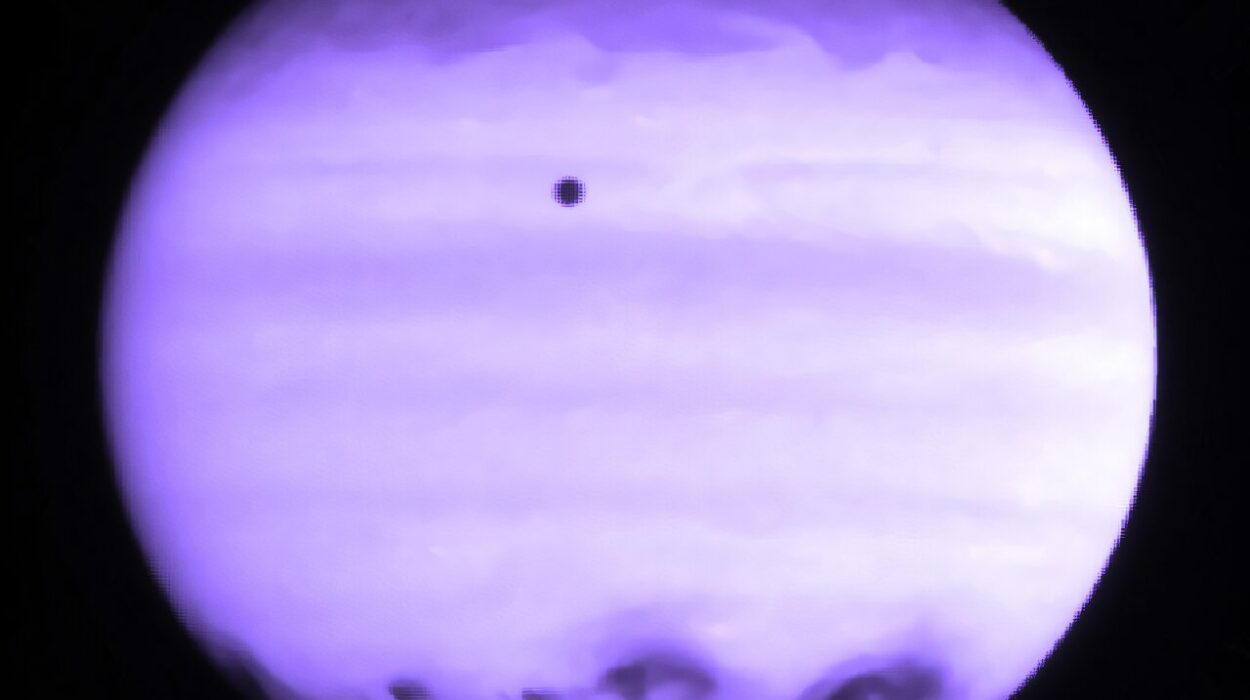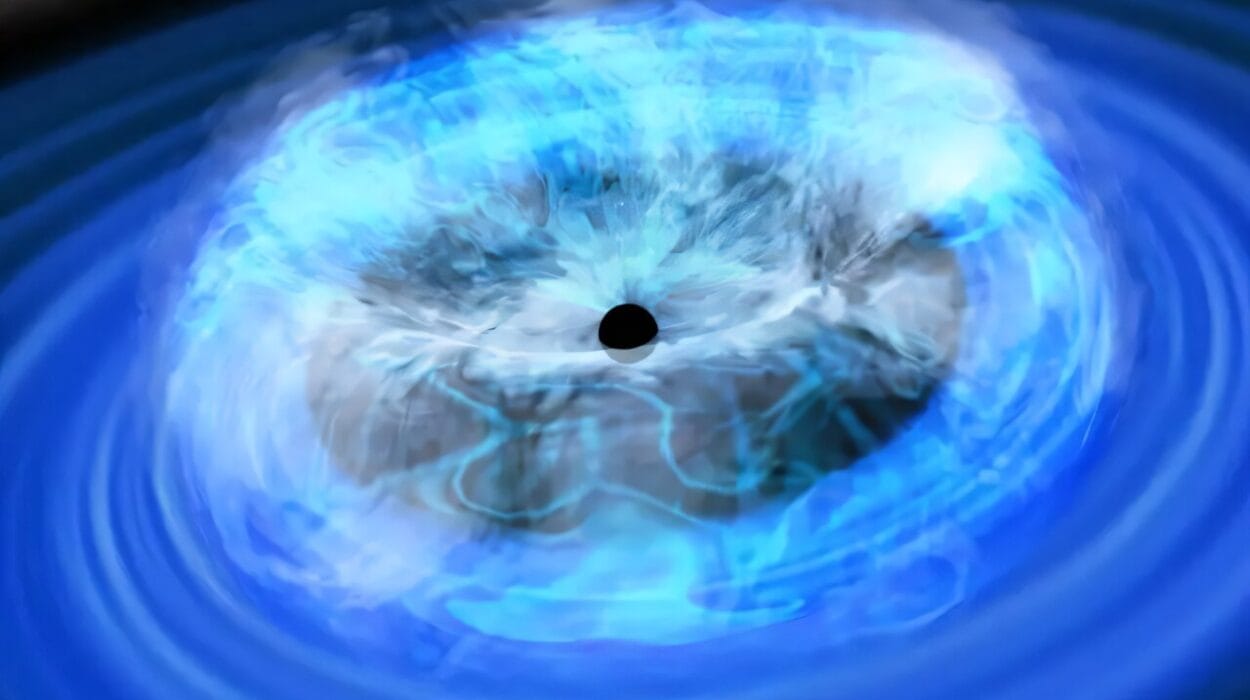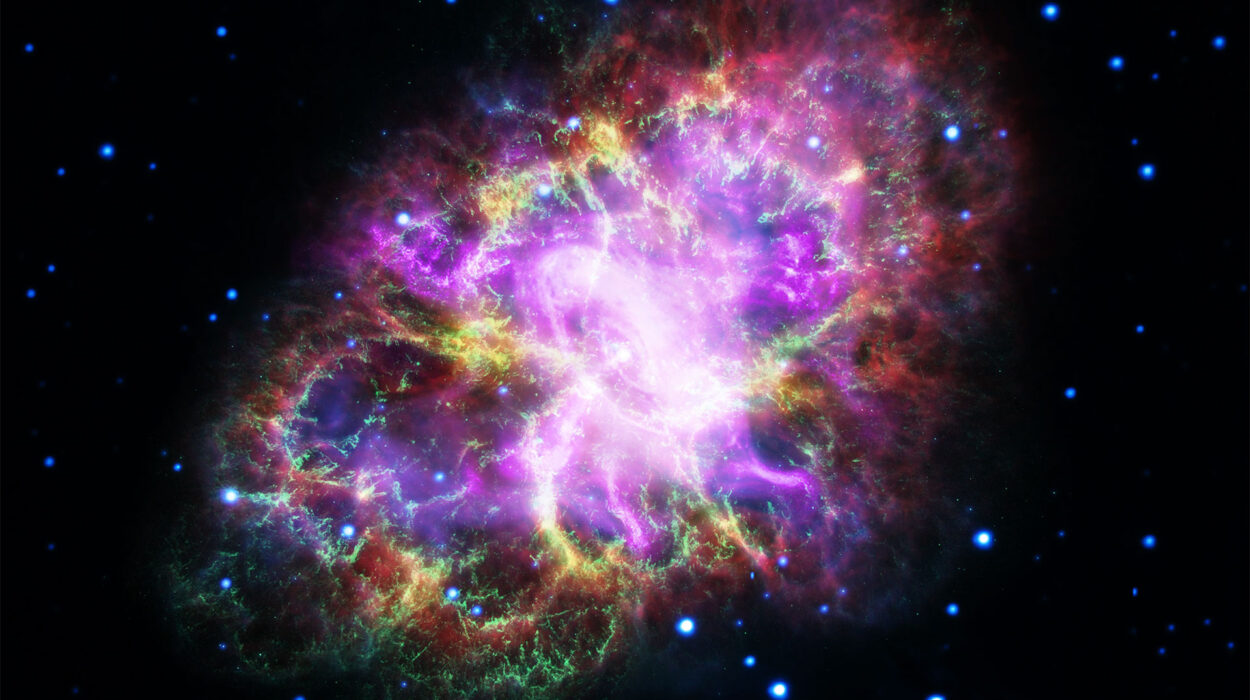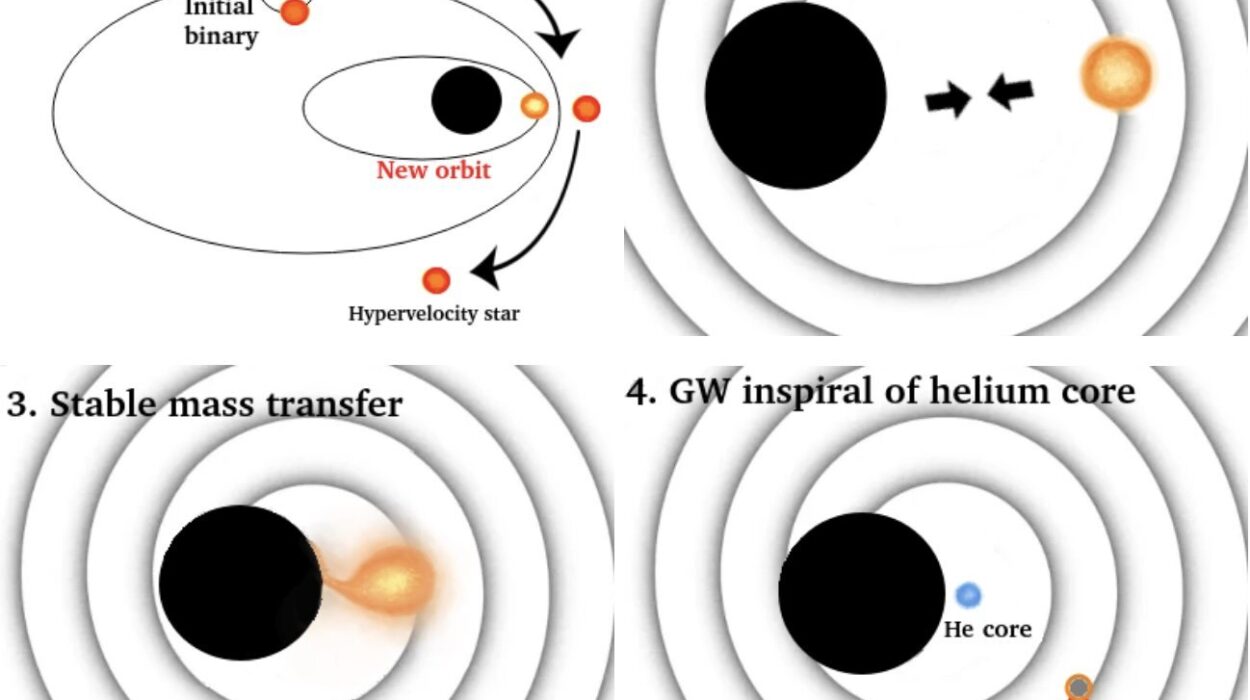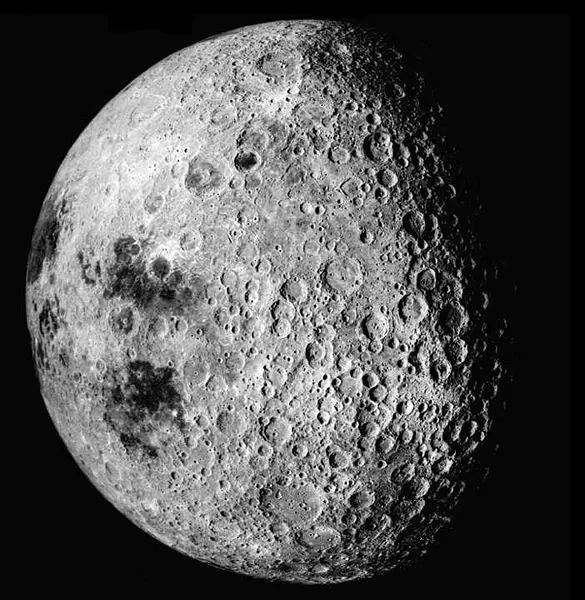A recent study utilizing data from the Swarm mission by the European Space Agency (ESA) has unearthed fascinating potential for studying Earth’s interior and our oceans. Swarm, a constellation of three specialized satellites, primarily designed to map Earth’s geomagnetic field, has identified an innovative approach to probing not just the planet’s deep geological structures but even its oceans. The study suggests that the faint magnetic signals created by Earth’s tidal movements can provide crucial insights into the distribution of magma beneath the seabed. This research, published in the esteemed journal Philosophical Transactions of the Royal Society A, proposes that these signals can also reveal valuable information about global ocean temperatures and salinity, essential factors in understanding climate trends and shifts over time.
Swarm Mission and Its Role in Geomagnetic Research
The Swarm mission, launched by the ESA in 2013, uses three satellites in low Earth orbit, between 462 km and 511 km above Earth’s surface. These satellites continuously measure Earth’s magnetic field, which is known to extend from the planet’s core into outer space. The primary source of this magnetic field is believed to be a dynamic ocean of liquid iron and other elements found in Earth’s outer core. Other contributors to Earth’s magnetic environment come from magnetized rocks and materials in the Earth’s crust.
While the Earth’s oceans may not be something we normally associate with generating magnetism, the presence of salt in seawater actually makes it a moderate electrical conductor. This essential property allows the oceans to play an indirect yet crucial role in generating weak electric currents as tides interact with Earth’s magnetic field. These electric currents produce faint magnetic signatures that are detectable from space, albeit subtly. Swarm’s sensitivity and precision in detecting these signals have the potential to unlock knowledge that has never before been accessible from space-based measurements.
Tidal Signals: A Window Into the Ocean’s Depths
Earth’s tides, driven by the gravitational forces of the moon and sun, not only affect our oceans on the surface but also induce effects beneath the water. As the tides move across Earth’s magnetic field, they cause small-scale fluctuations in the field itself—producing weak magnetic signals, or “tidal signatures.” These minute variations occur due to the interaction between Earth’s geomagnetic environment and the conductive seawater. Historically, detecting such tiny signals from space was a significant challenge, but Swarm’s advanced instruments allow scientists to distinguish these faint tidal signals from the much stronger magnetic fields originating from Earth’s core and other sources.
One of the key findings in the new study is the potential for mapping magma distribution beneath the seabed using the faint tidal signatures picked up by Swarm. By measuring variations in Earth’s magnetic field caused by the ocean’s tidal effects, scientists can gain insights into what lies beneath the ocean’s surface, from the type and distribution of subterranean magma to an improved understanding of geological structures and plate tectonics. This approach could enhance our knowledge of volcanic regions and improve risk assessments for future natural disasters, such as volcanic eruptions.
Tracking Long-term Oceanic and Climatic Changes
Apart from examining volcanic activity, the Swarm mission’s tidal signature analysis could become a key tool for studying long-term trends in ocean temperatures and salinity. Oceanic temperature and salinity levels are crucial for understanding climate change, particularly when examining shifts in ocean currents, water stratification, and climate feedback loops. These variables significantly impact everything from global weather patterns to marine ecosystems and even sea level rise.
By measuring how changes in oceanic conditions alter the magnetic field through tidal movements, scientists could build more accurate models of oceanic and climatic shifts over time. According to Anja Strømme, the ESA Swarm Mission Manager, “This study shows that Swarm can provide data on properties of the entire water column of our oceans.” These oceanic properties can influence atmospheric conditions, global temperatures, and can even shed light on previously undetectable changes in Earth’s physical composition.
Additionally, Alexander Grayver, a leading author of the study from the University of Cologne, pointed out that the research provides insights into a long-sought non-invasive method of gathering oceanic and crustal data without the need for costly and complex research expeditions. Instead, this breakthrough could enhance the ability to make comprehensive global observations using satellite-based geomagnetic field readings.
The Longevity and Effectiveness of the Swarm Mission
Swarm was originally designed with a four-year mission duration, but as of 2025, it is still functioning more than a decade later. The longevity of Swarm has proven to be one of the mission’s greatest strengths. It is no longer just a tool for measuring Earth’s magnetic field—it has evolved into an instrumental dataset provider for various scientific fields, some of which were unforeseen when the mission was conceived. “This is one of the benefits of flying missions longer than originally planned,” says Strømme. The extended mission period has allowed Swarm to refine its measurements, providing unprecedented data that contributes to understanding Earth’s core dynamics, magma movements, and oceanic conditions.
However, as with all space missions, Swarm is reaching the natural end of its lifecycle. The gravitational drag causes its orbit to slowly decay, bringing the satellites closer to Earth over time. While this reduces the spacecraft’s operational lifespan, this proximity also enhances the satellite’s ability to detect weaker, subtler signals—such as those produced by tides—by allowing the magnetometers aboard to pick up minute field variations more effectively.
Impact of Solar Activity on Magnetic Measurements
Swarm’s ability to detect and measure such small tidal signatures has been bolstered by certain favorable solar conditions. Space weather, particularly solar activity, plays a major role in influencing the sensitivity of space-based measurements. The Sun’s 11-year cycle of solar activity fluctuates between periods of maximum and minimum activity. During the solar maximum, when the Sun’s surface is more active, it emits charged particles, electromagnetic radiation, and other forms of space weather that interfere with geomagnetic readings. Conversely, during the solar minimum, there is significantly less solar interference, making geomagnetic signals clearer and more accurate.
The study used data collected during the solar minimum period of 2017, a time when the solar cycle reached its quietest phase. This period was ideal for capturing the faint tidal signals without the additional noise created by solar radiation. Grayver notes, “These are among the smallest signals detected by the Swarm mission so far. The data are particularly good because they were gathered during a period of solar minimum, when there was less noise due to space weather.”
With the next solar minimum expected around 2030, researchers are hopeful that Swarm, albeit at a lower altitude, will still be able to capture important oceanic and geological signals. Scientists predict that as Swarm nears the end of its mission, it may have gathered an even more comprehensive set of data on Earth’s oceans, climate patterns, and the ever-changing geology of our planet.
Looking Forward: What Swarm Can Teach Us
With Swarm’s continued success, its findings offer a potentially revolutionary approach to oceanographic research and climate science. The satellite constellation’s unique ability to measure tiny changes in Earth’s magnetic field generated by oceanic tides could improve our understanding of the Earth’s dynamic systems, help track the changes occurring beneath the seabed, and ultimately inform predictive climate models. The Swarm mission shows us how looking at the smallest signals from space can have far-reaching implications for our planet’s understanding—giving us crucial clues to challenges like volcanic hazards, ocean health, and even climate change.
This study offers a glimpse into the future of Earth system science, where satellites can serve not only as observatories of our planet’s magnetic and physical environments but also as key instruments for enhancing global environmental monitoring and scientific knowledge. The ongoing success and refinement of the Swarm mission is a testament to the power of continued space exploration in helping scientists answer some of the Earth’s deepest and most complex questions, many of which can be crucial to better understanding and tackling global challenges such as climate change.
Conclusion
The continued success of Swarm exemplifies how small, initially overlooked phenomena—such as the tidal magnetic signatures from Earth’s oceans—can provide profound new insights. Swarm’s innovative approach of using magnetism to reveal geological and oceanographic information is an exciting development that could dramatically enhance global understanding of climate systems, geological activity, and the evolving dynamics of our oceans. As we continue to explore new methods of gathering data from space, the promise of better predicting and responding to Earth’s environmental challenges becomes a more tangible reality.
Reference: Alexander Grayver et al, Magnetic signals from oceanic tides: new satellite observations and applications, Philosophical Transactions of the Royal Society A: Mathematical, Physical and Engineering Sciences (2024). DOI: 10.1098/rsta.2024.0078

